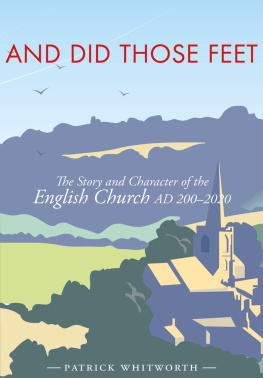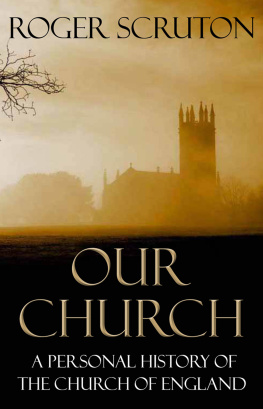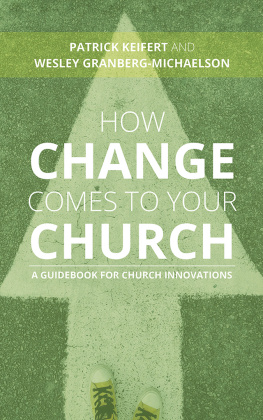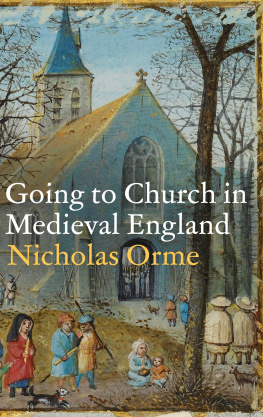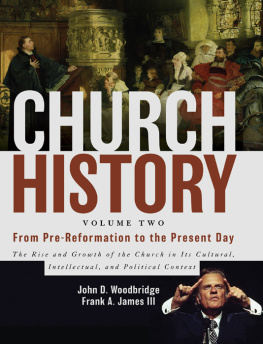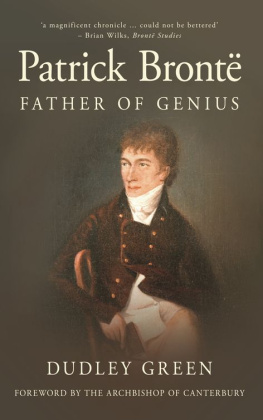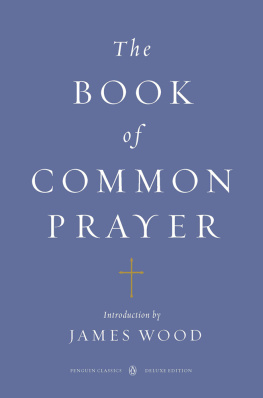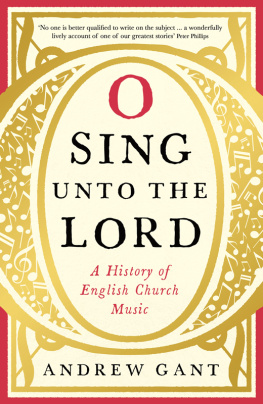And Did Those Feet
The Story and Character of the English Church AD 2002020
Patrick Whitworth
Sacristy Press
PO Box 612, Durham, DH1 9HT
www.sacristy.co.uk
First published in 2021 by Sacristy Press, Durham
Copyright Patrick Whitworth 2021
The moral rights of the author have been asserted.
Maps copyright Kevin Sheehan (Manuscript Maps) 2020
www.manuscriptmaps.com
All rights reserved, no part of this publication may be reproduced or transmitted in any form or by any means, electronic, mechanical photocopying, documentary, film or in any other format without prior written permission of the publisher.
Scripture quotations, unless otherwise stated, are from the New Revised Standard Version Bible: Anglicized Edition, copyright 1989, 1995 National Council of the Churches of Christ in the United States of America. Used by permission. All rights reserved worldwide.
Every reasonable effort has been made to trace the copyright holders of material reproduced in this book, but if any have been inadvertently overlooked the publisher would be glad to hear from them.
Sacristy Limited, registered in England & Wales, number 7565667
British Library Cataloguing-in-Publication Data
A catalogue record for the book is available from the British Library
Paperback ISBN: 978-1-78959-151-4
ePub ISBN: 978-1-78959-154-5
Mobi ISBN: 978-1-78959-153-8
To our grandchildrenat present Rory, Eliza, James, George, Molly and Laurenthat they too might appreciate this story.
Contents
Preface
It is forty years since a previous history of the church in England was published by David Edwards, in three volumes. This is a book about the development of the church in England, not the Church of England. The Church of England is a comparatively recent invention, not quite 500 years old in a history of nearly nineteen hundred years of Christianity in these shores.
Broadly speaking there are three streams of Christianity in this country. They are in chronological sequence: the Roman Catholic Church, the Church of England and the Independent Churches. The third stream (the Independent Churches) has been variously categorized as Non-Conformist, Dissenting or Free Churches (free of the state). In each of those nomenclatures they are described in contradistinction to the Established Church (or Church of England) of 1660. Many of the Independent Churches have their origin in the Commonwealth, or the period of Oliver Cromwell. These include Independents, Presbyterians, Quakers and Baptists. Methodists were added in the 1780s and Pentecostals in the 1920s. The Roman Catholics were proscribed in England for nearly three hundred years from 15581829. The hierarchies of the Church of England and the Roman Catholic Church did not pray together until the Blitz of 1940. By 1960 other new churches were beginning but at the same time a further cultural shift was underway in England.
What must be true is that you cannot understand our nations story without understanding the impact of Christianity. Christianity provided cohesion and common values to the various Anglo-Saxon kingdoms. Christianity absorbed and, in the end, moulded the effects of the Viking invasions and was the common bond with the Norman French. Christianity provided the social and spiritual framework to medieval England. Its struggles were the states struggles. Its divisions split the nation and since Parliament was used to negotiate a new church settlement from 1534, politics and faith became completely intertwined. (In fact, arguably politics and faith have been more intertwined than in any other nation.) Parliament proscribed Catholicism, as the Pope had excommunicated or dethroned Elizabeth I: so one spiritual and political entity took on another, using all the weapons to hand. Parliament established a national church: The Church of England, with its liturgy, doctrine and hierarchy, and it punished those who were not a part of it. Christianity continued in the eighteenth and nineteenth centuries to provide inspiration to many for the abolition of the slave trade and slavery and social reform in the nineteenth and twentieth centuries.
As with other volumes of church history that I have written on the Early Church, I have included the political, social and cultural context in which the church bore witness, however poorly, to her Lord. As no individual is an island, nor is the church. The church is in permanent interaction with the political, social and cultural context in which it finds itself. In fact, so tethered was the Church to the political context by virtue of church and state being joined at the hip by the Emperor Constantine, and then by subsequent European governments, that it often used secular methods to further spiritual aims. Never was this more seen than when force was used to gain spiritual objectives. Jesus said put away the sword (Matthew 26:52) but again and again Christians sought to establish the kingdom of God by force.
The poet and mystic William Blake asked the question in a romantic and metaphorical way, when England was being industrialized, whether those feet of Jesus walked Englands green and pleasant land. Obviously, Jesus himself did not literally walk Englands green and pleasant land. Indeed, so often church institutions shrouded those metaphorical feet: but in a mystic here or a social reformer there, in a scholar here or a politician there, in a missionary here, a pastor there and a spiritual writer here the gait of Jesus may nonetheless be discerned.
Although in many ways I have been reading and working towards this book for fifty years, there are very many who have helped its gestation and birth. They are Gos Home, Tom Peryer, Charles Marnham, Roger Salisbury, John Collins, Tricia Murdoch, Tim Wood, Professor Mark Edwards of Christ Church Oxford, Abbot Geoffrey of Douai College, Dr Anne McLaughlin of the Parker Library, Corpus Christi College Cambridge, Richard Ward, Parliamentary Archivist Westminster, Lance Pierson of the Gerard Manley Hopkins Society, Dr Robin Gwyn on the Huguenots, Dr Jill Barber and the Primitive Methodist Museum, Dr Andrew Atherstone, Michael Fowler and Nigel Rawlinson who travelled with me around the WWI Cemeteries and Toc H at Poperinge, Gladstones Library, the Bodleian Library and the British Library.
I would like to thank Douglas Dales, Abbot Geoffrey of Douai College and Russ Parker for reading all or part of the manuscript and offering many helpful observations. I would like to thank Benedict Books, the team at Sacristy Press especially Natalie Watson my editor, Kevin Sheehan for the maps, including the cover illustration, and Marian Aird for the index.
I am well aware that in such a large undertaking as the English Church over eighteen centuries there are bound to be omissions. I will have to leave it to another to rectify such failings.
Finally, I would like to thank my wife Olivia for all her support in what has been a three-year commitment of travel to the four corners of England and writing what has been my most challenging task to date. I hope it will be useful, possibly in places inspiring.
For further material relating to this book, including an extensive bibliography and a full index, see the authors website .
Part I
The Conversion of England
Chapter 1
Christianity in Roman Britain

